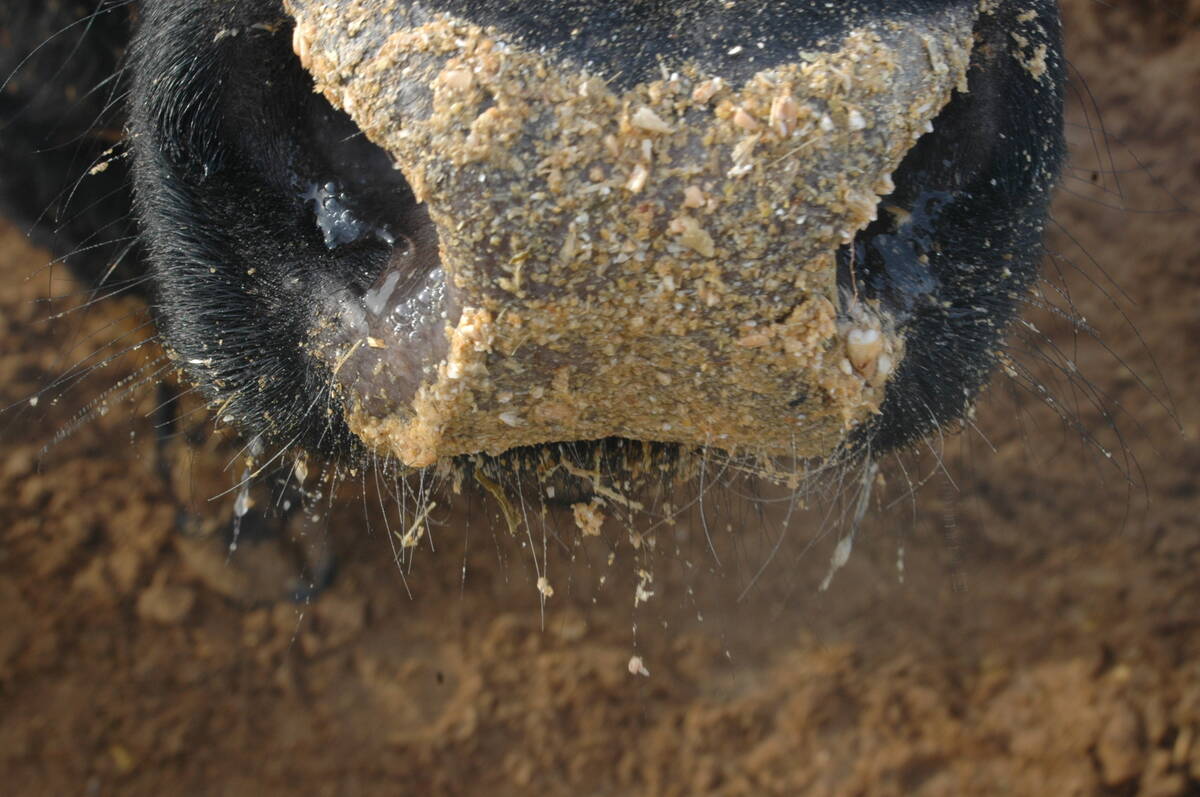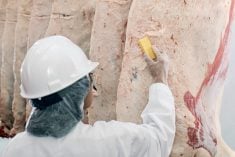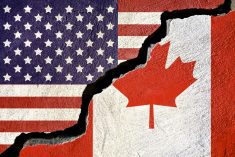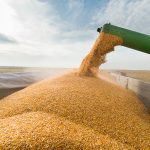At time of writing, this year is only two months old and already 2022 is shaping up to be a much better year for North American cattle producers. Forecasts are for higher prices for all classes of cattle in Canada and the U.S., especially as the cattle/beef sectors in both countries shake off the impact of the fast-spreading Omicron variant.
Cash live cattle prices in the U.S. will see their largest year-on-year increase in 2022 in at least seven years. Prices this year are likely to average around US$135 per cwt live, versus an average of US$122.29 per cwt in 2021. This will be the biggest annual increase since 2015 when prices advanced more than US$40 per cwt from the prior year.
Read Also

Feed grain update for Canadian beef producers
Factors affecting the feed grain market and what it means for Canadian cattle feeders
Prices are likely to be highest in the first and fourth quarters, with prices some weeks exceeding US$150 per cwt. The weekly lows throughout the year will be just below US$130 per cwt. The higher prices will be driven largely by three years of liquidation of the U.S. cattle herd and the prospects of a fourth year in 2022. The January 1 total inventory at 91.90 million head was down a larger-than-expected 1.89 million head or two per cent from January 1, 2021.
USDA’s inventory report also showed that beef cow numbers at 30.13 million head were down 719,000 head or 2.3 per cent from the prior year, and that the 2021 calf crop was 410,000 head lower. It could shrink again in 2022 by at least that amount, says Andrew Gottschalk, HedgersEdge.com. Another important number was that the feeder cattle and calf supply outside feedyards on January 1 was down 677,000 head, which he says is the lowest number since the cyclical low in 2015.
As the feeder cattle and calf supply outside feedyards shrinks, feedlots will be forced to pay up for feeder cattle and calves, says Gottschalk. With the wheel of leverage returning to the fed cattle sector as those supplies decline, demand for feedlot replacements will gain momentum, albeit at substantially higher prices. He has revised his annual average price estimates upwardly for the upcoming year. These estimates are: steer calves 500-550 lbs. at US$205 per cwt, up from US$175 per cwt average last year. The 750- to 800-lb. feeder steers are projected to average US$175 per cwt, up from US$145 per cwt last year, he says.
As 2021 wound to a close, cattle markets seemed to finally be able to move out from under the spectre of the pandemic impacts that began 18 months ago, says Derrell Peel, Oklahoma State University. Indeed, the constant turmoil of a series of black swan events kept the industry on the defensive for over two years. The recent breakout of fed cattle markets after struggling under the weight of beef packer capacity constraints clears the way for cattle markets to move forward with the optimism that has been building in the industry in recent months, he says.
Peel made his comments before the spread of the Omicron variant forced many beef plant workers to stay away from work for at least half of January. The result was much lower-than-normal slaughter levels for that time of year. The first two weeks saw only 1.22 million head processed. Slaughter levels picked up the next two weeks but January lost an entire week of steer and heifer slaughter. Cash live cattle prices struggled to break out of a US$137-US$138 per cwt range. They might have gone lower in February because market-ready supplies are still ample. But they will likely advance this month or next as spring approaches.
















